On November 13, 1643 in Celtic History
Charles i appoints james butler, 1st marquess of ormond as lord lieutenant of ireland
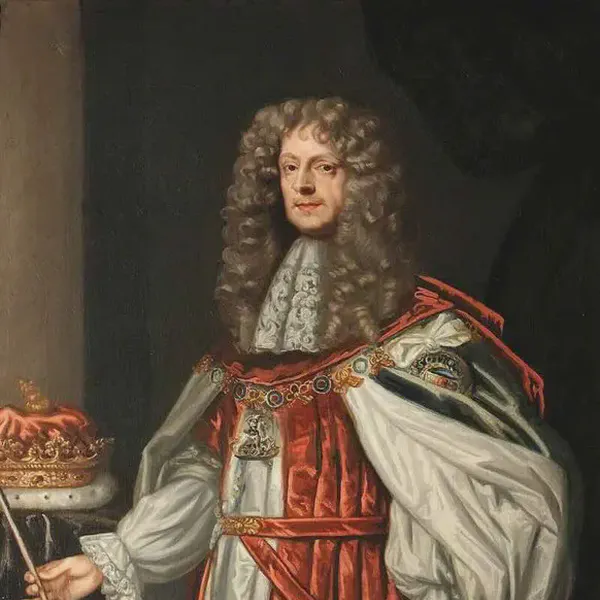
The appointment of James Butler, 1st Marquess of Ormond, as Lord Lieutenant of Ireland by Charles I was a significant event during the 17th century. This appointment occurred in the context of the political and religious conflicts that would later lead to the English Civil War.
Charles I appointed him as Lord Lieutenant of Ireland in 1629. In this role, Ormond was responsible for representing the king’s interests in Ireland and overseeing the administration of the country.
Lieutenant-General James FitzThomas Butler, 1st Duke of Ormond, KG, PC (19 October 1610 – 21 July 1688), was an Anglo-Irish statesman and soldier, known as Earl of Ormond from 1634 to 1642 and Marquess of Ormond from 1642 to 1661.
In November 1643 the king appointed Ormond as Lord Lieutenant of Ireland. He was sworn in on 21 January 1644
Lord Lieutenant of Ireland, or more formally Lieutenant General and General Governor of Ireland, was the title of the chief governor of Ireland from the Williamite Wars of 1690 until the Partition of Ireland in 1922.
This spanned the Kingdom of Ireland (1541–1800) and the United Kingdom of Great Britain and Ireland (1801–1922).
The office, under its various names, was often more generally known as the Viceroy, and his wife was known as the vicereine. The government of Ireland in practice was usually in the hands of the Lord Deputy up to the 17th century, and later of the Chief Secretary for Ireland.
The official residence of the Lord Lieutenant was the Viceregal Apartments in Dublin Castle, where the Viceregal Court was based.
Ormond’s tenure as Lord Lieutenant spanned several tumultuous decades marked by religious tensions, particularly between Catholics and Protestants. He initially supported Charles I during the early stages of the English Civil War but later shifted allegiance to the Parliamentarians. His political maneuvering was driven by changing circumstances and the complex dynamics of the time.
The appointment of James Butler, 1st Marquess of Ormond, as Lord Lieutenant is noteworthy in the broader context of the political and religious conflicts that unfolded in England and Ireland during the 17th century. These conflicts eventually led to the execution of Charles I, the establishment of the Commonwealth under Oliver Cromwell, and significant changes in the political landscape of both England and Ireland.
More From This Day
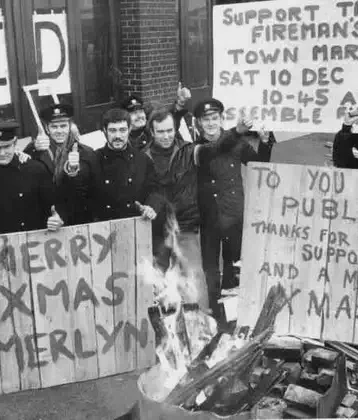


The first bombs in WW2 dropped on British soil was in the Shetland Islands
November 13, 1939

Leonard Boyle, priest and palaeographer, is born in Ballintra, County Donegal
November 13, 1923
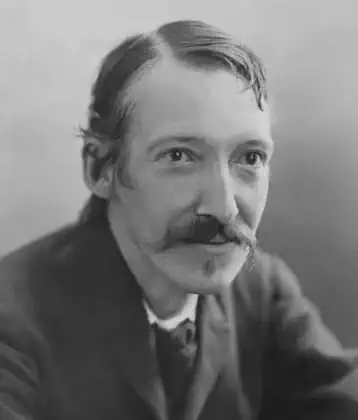

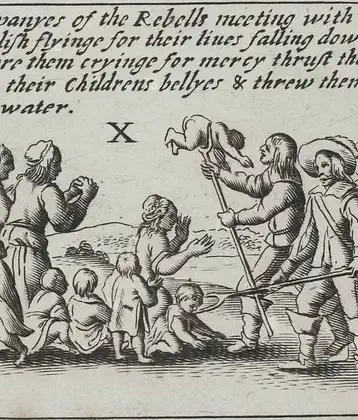
Battle of Cnoc na nOs Alasdair MacColla Scottish military leaderdies fighting on Irish side against Cromwells Troops
November 13, 1647
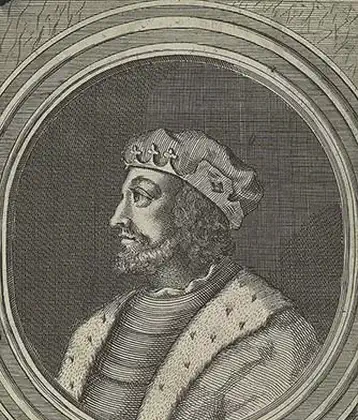
King Malcolm III (Canmore), last of the Celtic kings was killed at the Battle of Alnwick
November 13, 1093